Understanding the A17 Pro Chip: What the 3nm Architecture Means
Written on
Chapter 1: Introduction to the A17 Pro Chip
If you've tuned in to Apple's latest September event, you've likely been anticipating the new iPhone release. This year's model stands out from its predecessors, as Apple has introduced a new chip—named not just the A17, but rather the "A17 Pro." This marks a significant milestone, as it's the first time Apple has incorporated "Pro" into the chip's designation, and there's a valid reason for this change.
For many years, Apple has relied on the 5nm architecture for its chips. This was largely due to technical hurdles faced by TSMC, the manufacturer of Apple’s chips, in transitioning to a more compact 3nm design. After much effort, Apple has finally achieved this feat. But what does it all mean? What do the terms 7nm, 5nm, and now 3nm really signify? Where did this naming convention originate from?
Transistors and Chip Design
Chips are composed of billions of tiny transistors packed into a small area, which form the processors of the devices we use daily. For instance, when Apple unveiled the M1 chip, they proudly announced it contained an astonishing 16 billion transistors—an upgrade from its earlier versions.
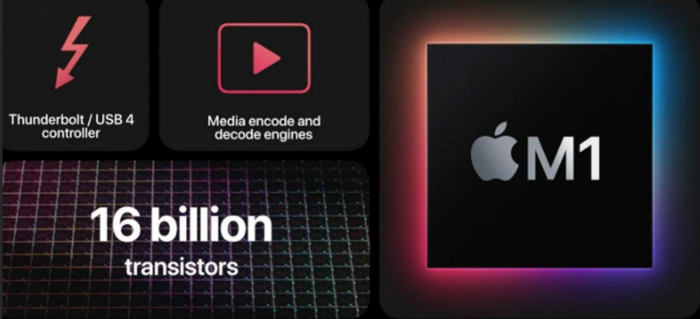
In the tech industry, companies strive to increase the number of transistors in their chips with each new iteration, as this translates to enhanced power and speed. With every significant technological advancement, new names featuring smaller numbers are introduced. While many may recall recent figures like 10nm, 7nm, 5nm, and soon 3nm, this naming system has been utilized for decades, gaining more visibility with Apple's recent M1 announcements.
The Origin of the Naming System
This naming convention is referred to as "technology nodes," which categorize different manufacturing processes and generations of chips based on their varying architectures, transistor sizes, and numbers.
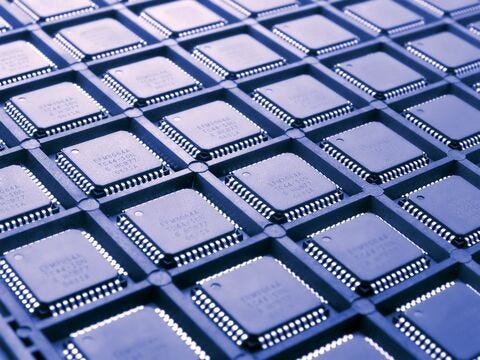
For a period spanning 35 years, starting in the 1960s, these numbers directly correlated to physical measurements on the chip. Initially, the numbers represented the distance between the source and drain of a transistor, known as "gate length."
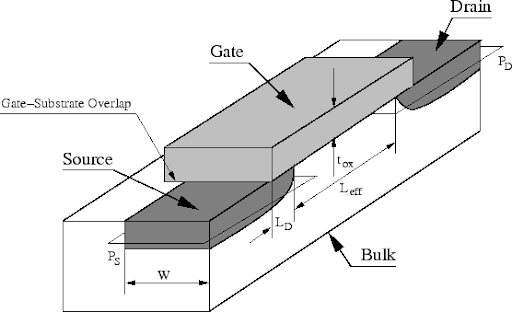
Although the term "gate length" is highly technical and often requires an engineer's expertise to fully grasp, in simpler terms, smaller numbers indicate smaller transistors. Thus, a smaller transistor typically leads to a more powerful chip.
The Modern Context
In recent decades, however, this naming convention has lost its original significance. The numbers associated with new chips no longer measure anything concrete, a departure from the past. Companies like Apple now label their newer chip generations with smaller numbers simply to suggest advancement.
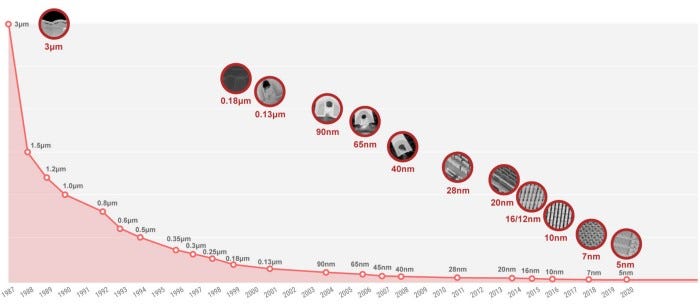
These designations no longer reflect actual measurements, yet the industry continues to use this terminology out of habit. This practice tends to mislead customers into believing that the numbers indicate tangible improvements, even though they do not. For instance, the 7nm technology from one company can equate to 5nm technology from another, making the numbers inconsistent across different brands.
Conclusions and Personal Insights
While I don't oppose the use of an established naming system for new generations of processors, it's crucial to acknowledge that this practice could misinform consumers. Many, myself included until recently, interpret these numbers as meaningful metrics. Upon hearing "3nm," I initially assumed it was an impressive reduction in transistor size, but that perception is misleading.
The way these terms are presented can lead to misconceptions about technological progress. This situation isn't solely the responsibility of one company; the entire industry plays a role in this narrative. As we approach the introduction of 3nm and potentially even 1nm technologies, it's anticipated that this outdated naming convention will be replaced with a more comprehensive and informative system that accurately describes chip architecture.
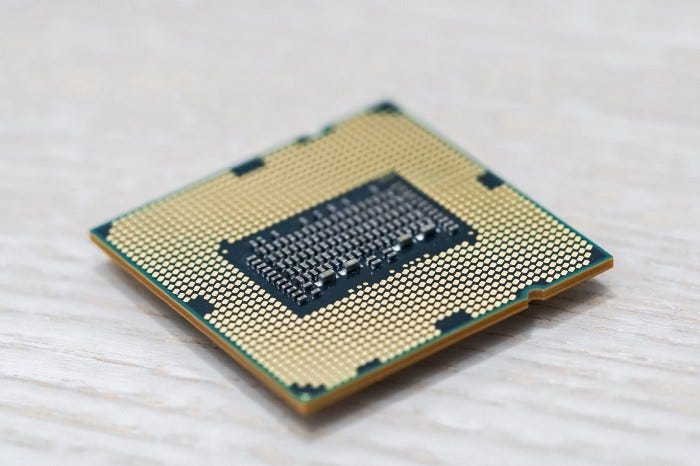
Supporting Us
Explore our sponsors and affiliate links: (We earn a small commission for each use)
GET 50% off ExpressVPN Plus 3 Months Free by clicking here!
Honey: To join honey, click here!
PSST!! We're considering a move to SubStack soon! If you're interested, check it out and subscribe for more updates!
References
Chapter 2: Insights on the A17 Pro Chip
This video discusses the hidden secrets behind the A17 Pro chip, revealing intriguing insights about its capabilities.
A breakdown and explanation of the Apple A17 Pro, providing a comprehensive overview of its features and performance.